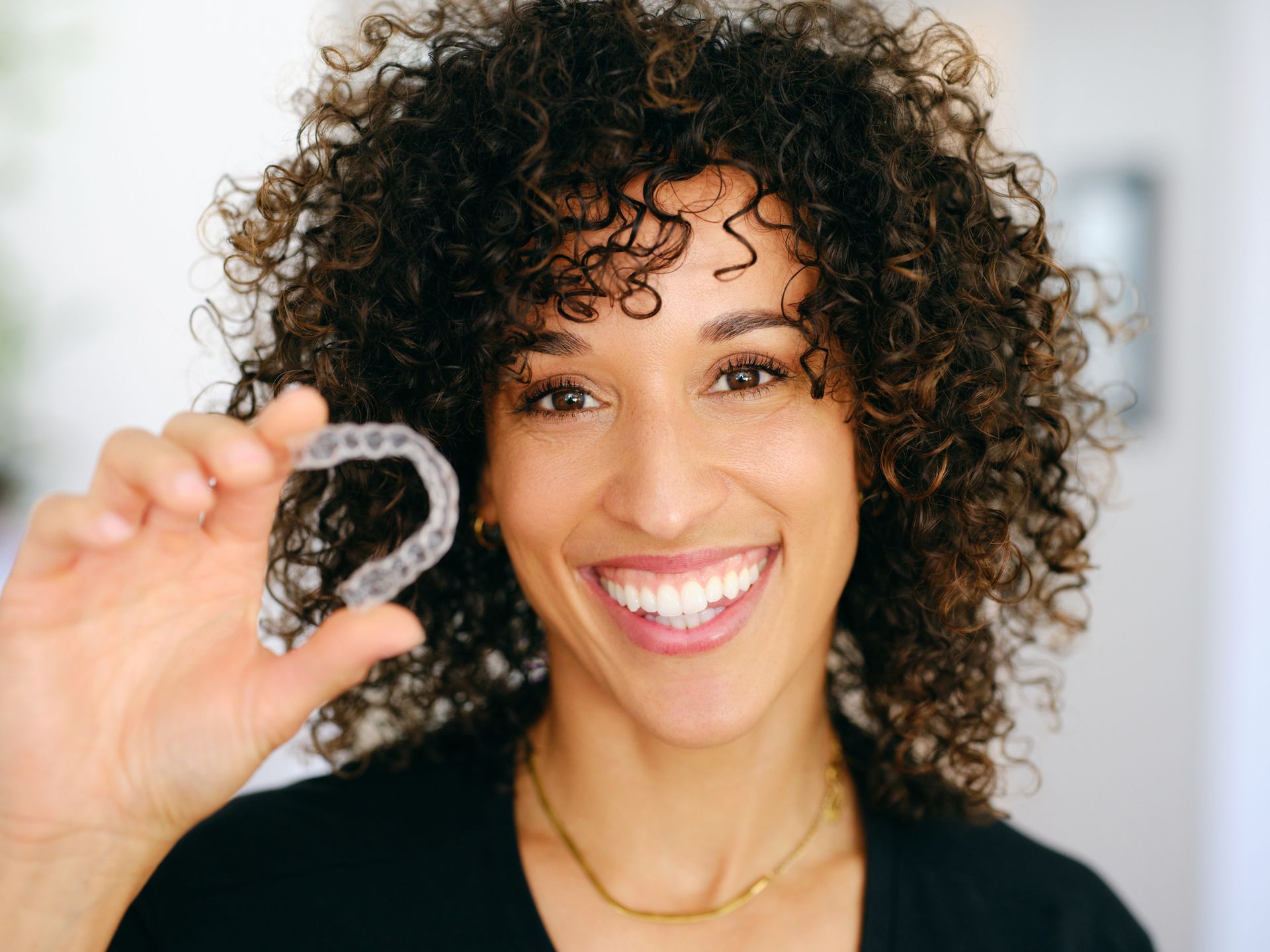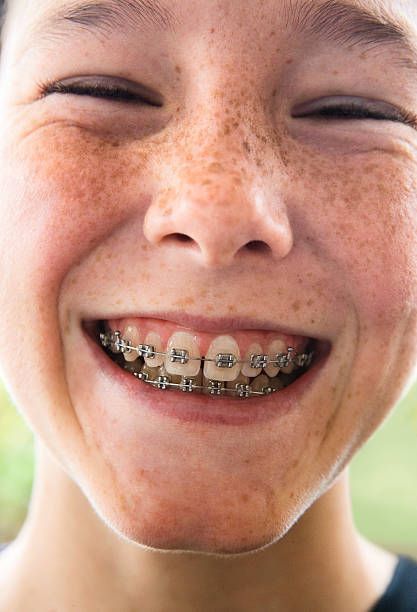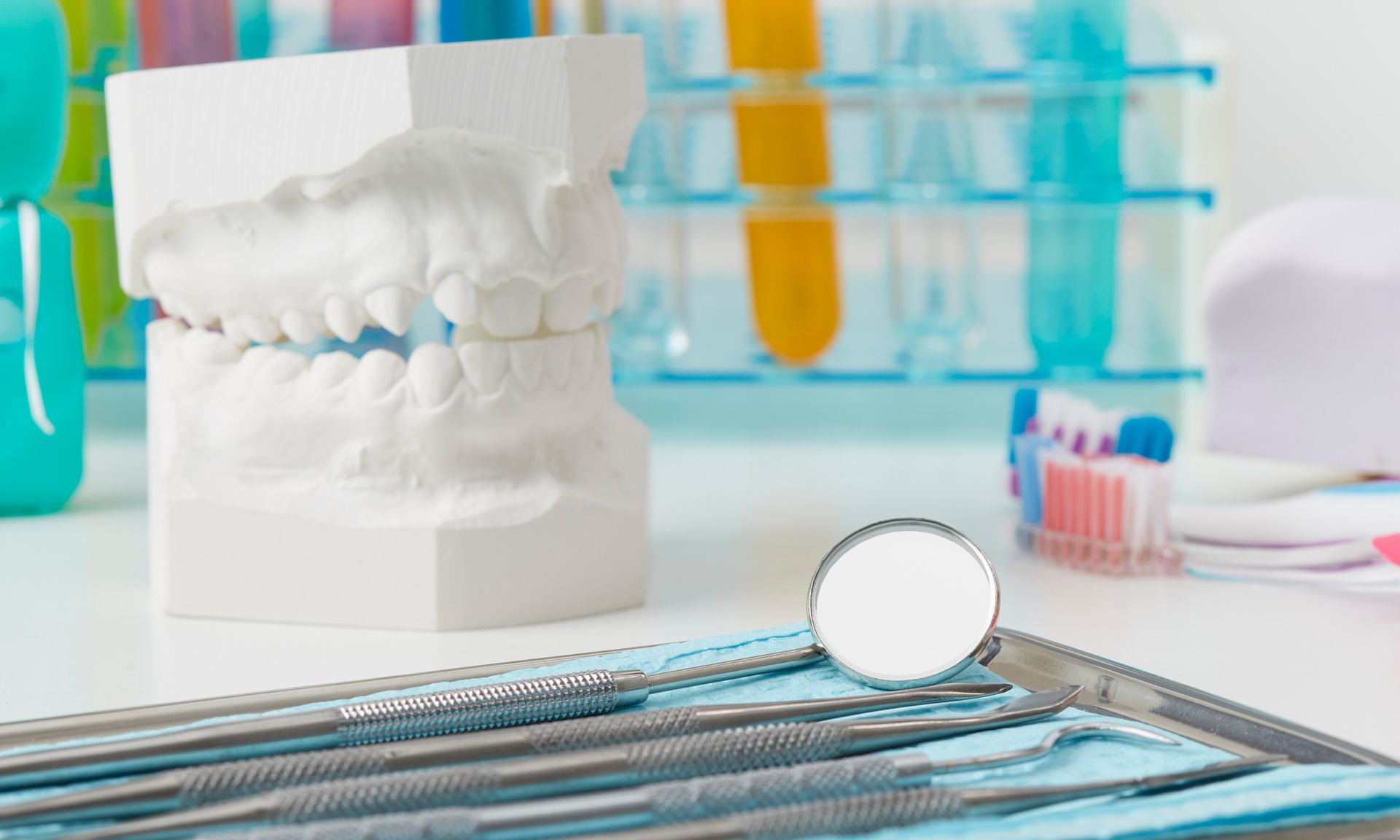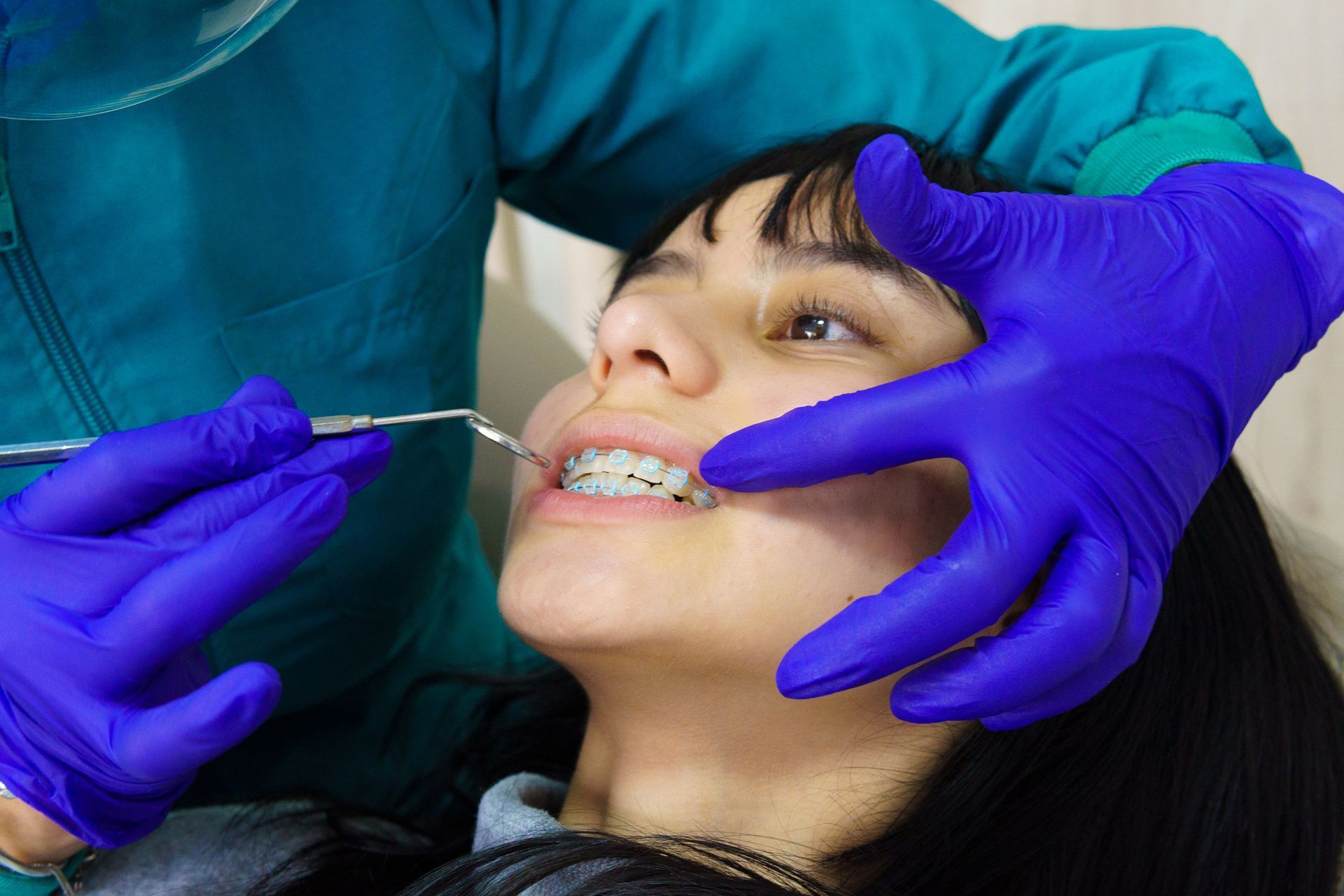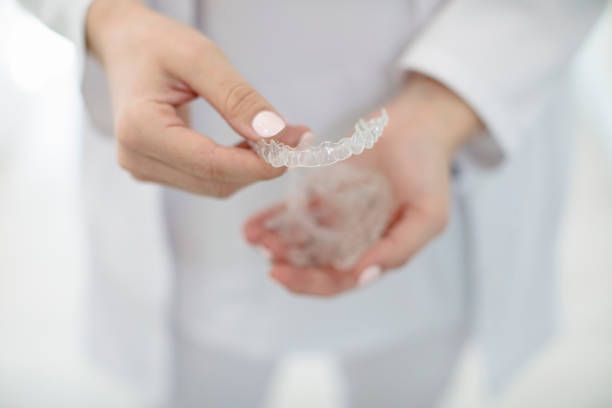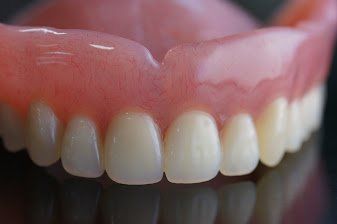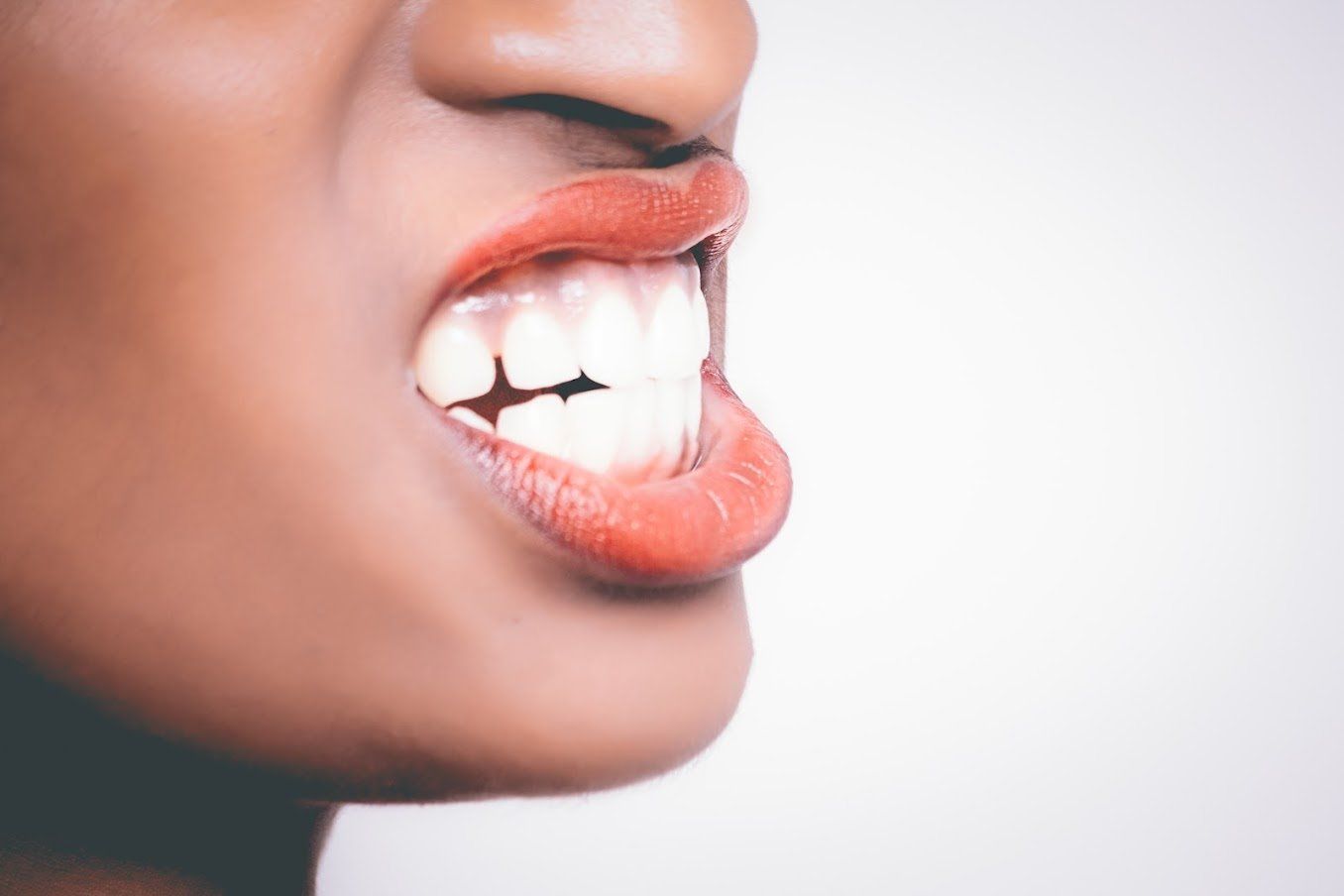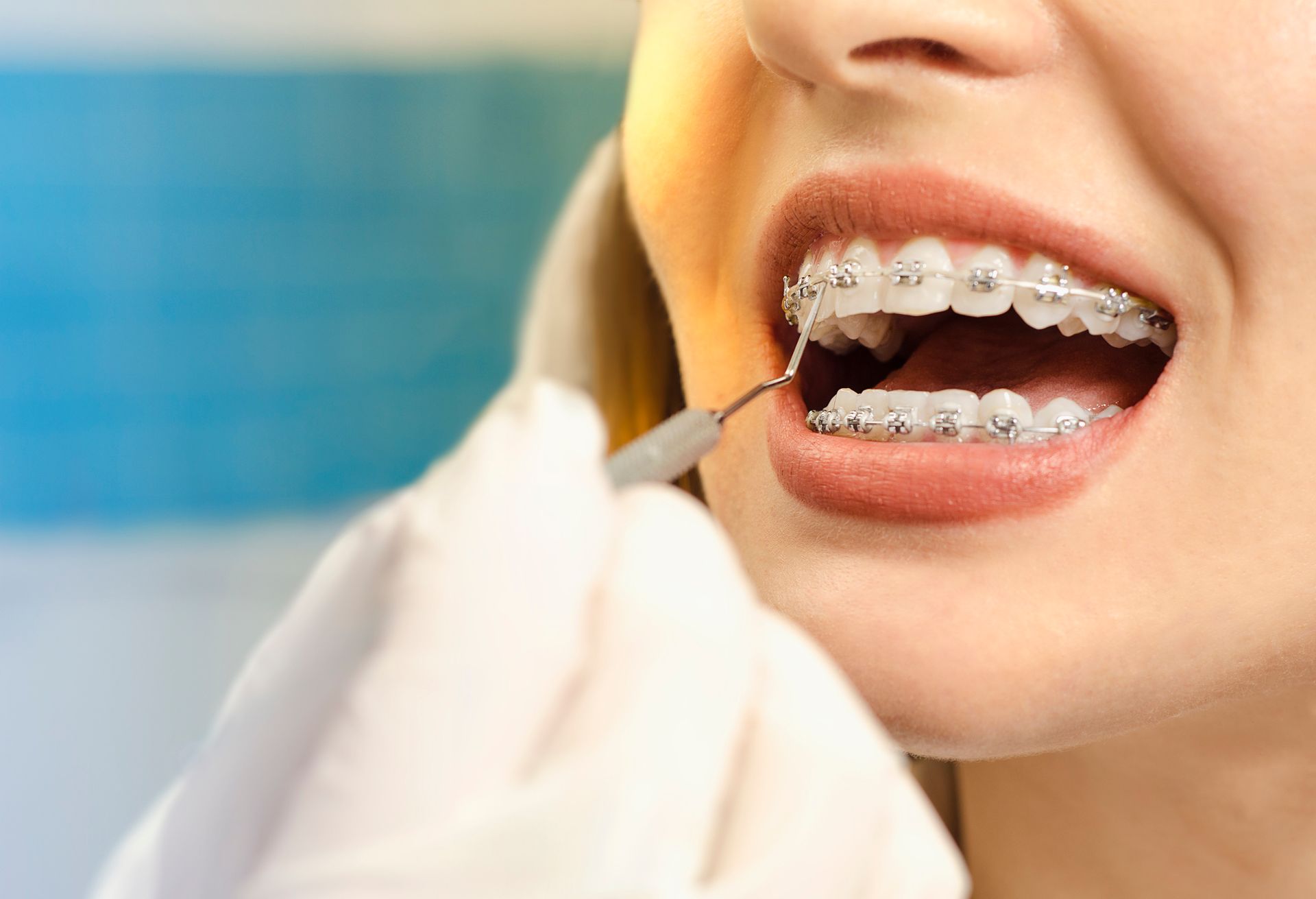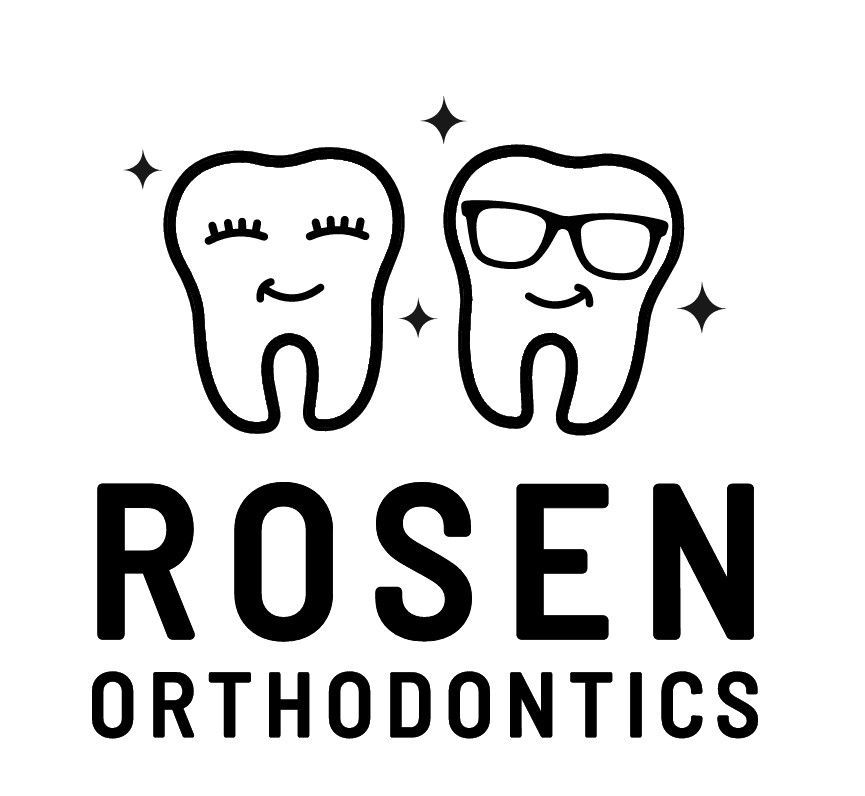4 Myths About Braces Debunked
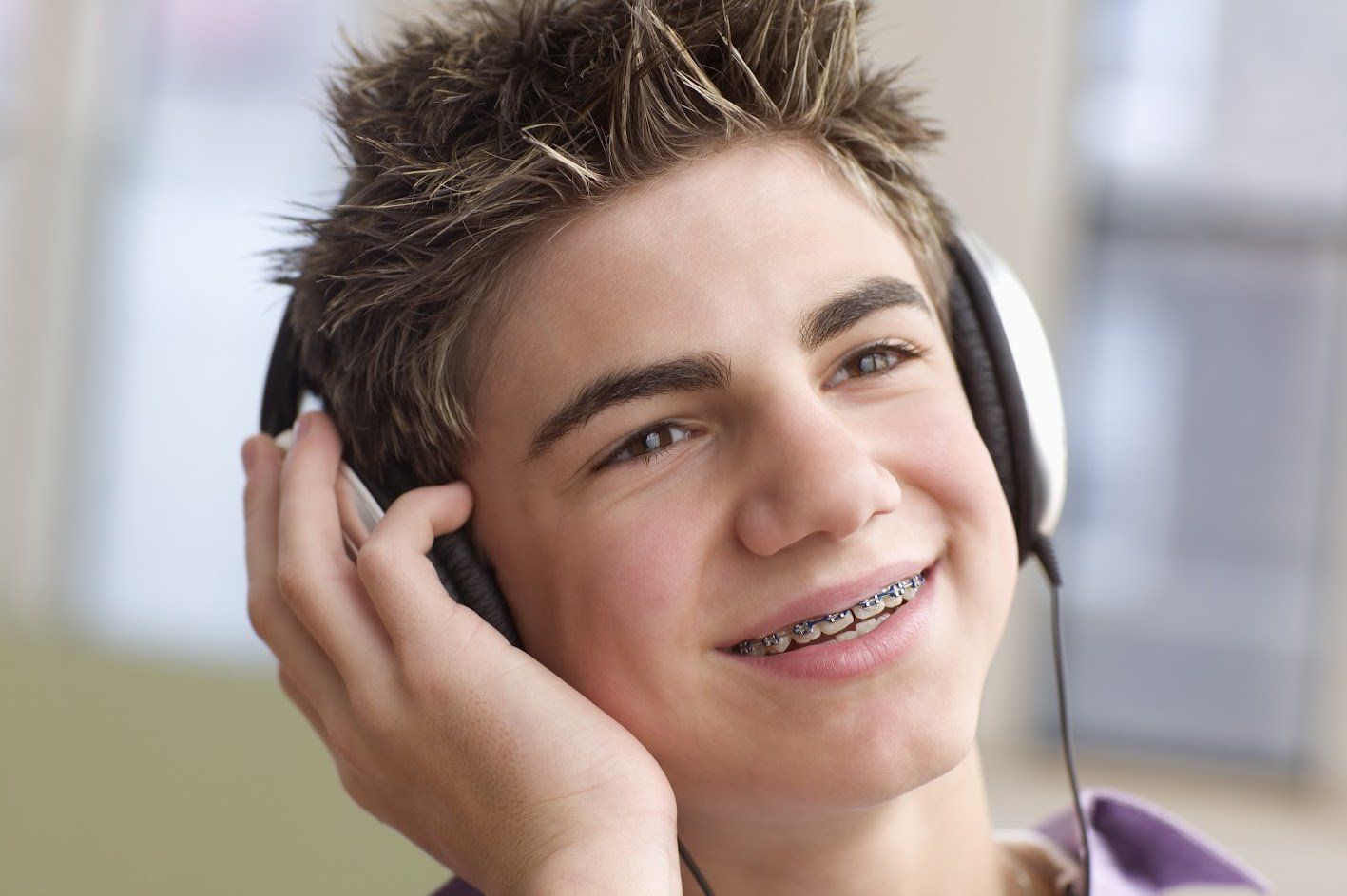
Braces are a common treatment, but there is still a lot of misinformation about this form of treatment. If you or your child want braces, you need to be able to spot the truth from the lies. To learn more, check out these four myths about braces.
1. Myth: Braces Are Only for Teens
Braces are often associated with young teens, but kids and adults can also get braces. In fact, the American Association of Orthodontists recommends children are screened at the age of 7 because their mouths are still developing and some issues can be caught and addressed before they become more serious.
For example, if the orthodontist suspects the mouth will be too small to hold all the permanent teeth, they may start palatal expanders. This is the best time to start this treatment since the mouth is still growing, so the expanders can safely and easily let the jaw widen. By the time your child is older, their mouth is already set, which makes the expanders less effective.
Adults can get braces too. Many adults avoid braces because of the embarrassment, but thanks to advancements in technology, there are now “invisible” options for braces, such as lingual braces and aligners. Lingual braces sit behind the teeth, so no one can see them when you smile, while aligners are clear plastic, so people just see your teeth.
2. Myth: You Don’t Need a Retainer
After braces, your child’s teeth may appear perfect and straight, but that doesn’t mean they will stay that way. The body wants to put the teeth back in their original position. Over time, the teeth slowly move back. However, a retainer prevents this problem.
A retainer is a less extreme form of braces. It’s not designed to move teeth. Instead, it’s designed to hold (retain) the position and prevent teeth from sliding back to their original position. If you forget to wear your retainer for a few days, you may even notice that it doesn’t fit quite the same at first.
After getting your braces removed, you should wear your retainer most of the day for a few months. You should only remove the retainer to brush, floss, and eat. After that, you can simply wear your retainer at night to prevent teeth from moving again. This night-time wear is a lifetime commitment so that you or your child do not need to get braces a second time!
3. Myth: Braces Are Painful
You may believe that braces are incredibly painful, but that isn’t the case. First, the brackets themselves cause no pain to the teeth. The issue arises when it’s time to tighten the braces, however, this only causes mild discomfort for a few days. By the fifth day, the discomfort should be gone. If there is any discomfort, it can typically be treated with over-the-counter pain medications.
4. Myth: Braces Affect Your Extracurricular Activities
If your child has extracurricular activities like singing, band, or sports, you may wonder if they can continue those activities while wearing braces. Luckily, braces don’t affect your ability to sing or play an instrument. There may be a small learning curve, especially if the instrument causes the braces to press against your lips, but wax can help.
As for sports, your child can continue playing sports, but it is extra important to ensure they have the right mouthguard. In general, a mouthguard is good for preventing injury to the tooth, but if your child has braces, it will also protect the gums from the metal braces.
Braces are a great way to straighten teeth at any age. They are more effective on growing mouths, but everyone can see results. If you would like to learn more, or if you want to schedule a consultation, contact us at Rosen Orthodontics today!

